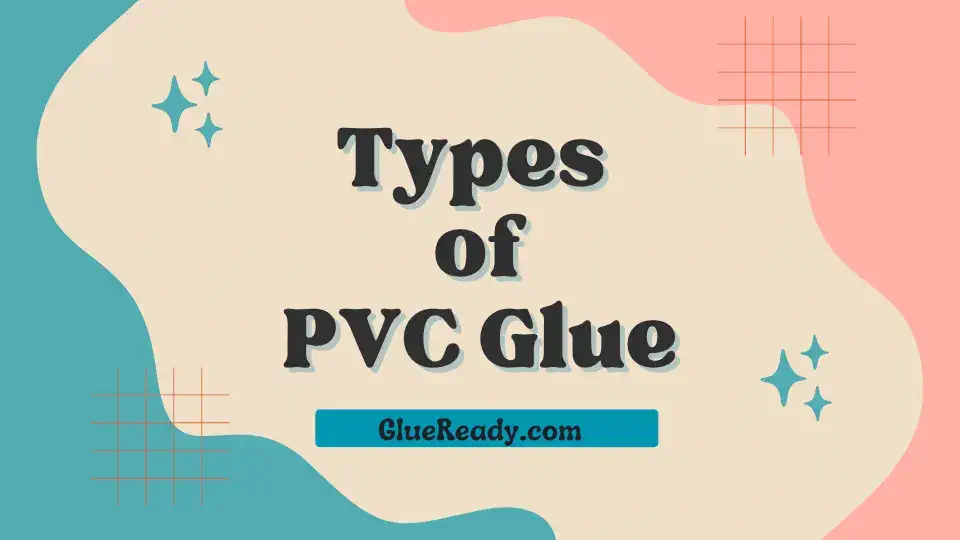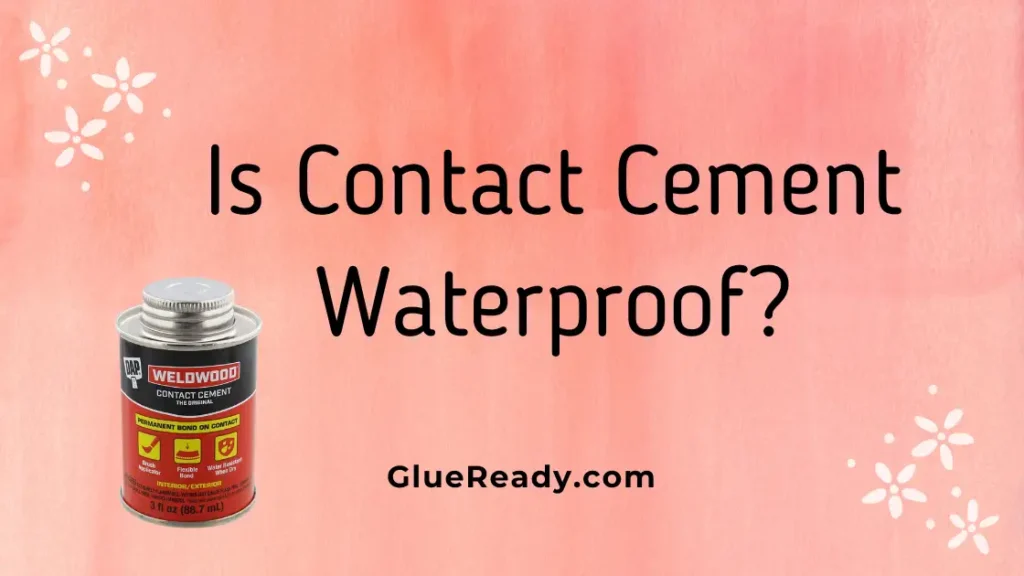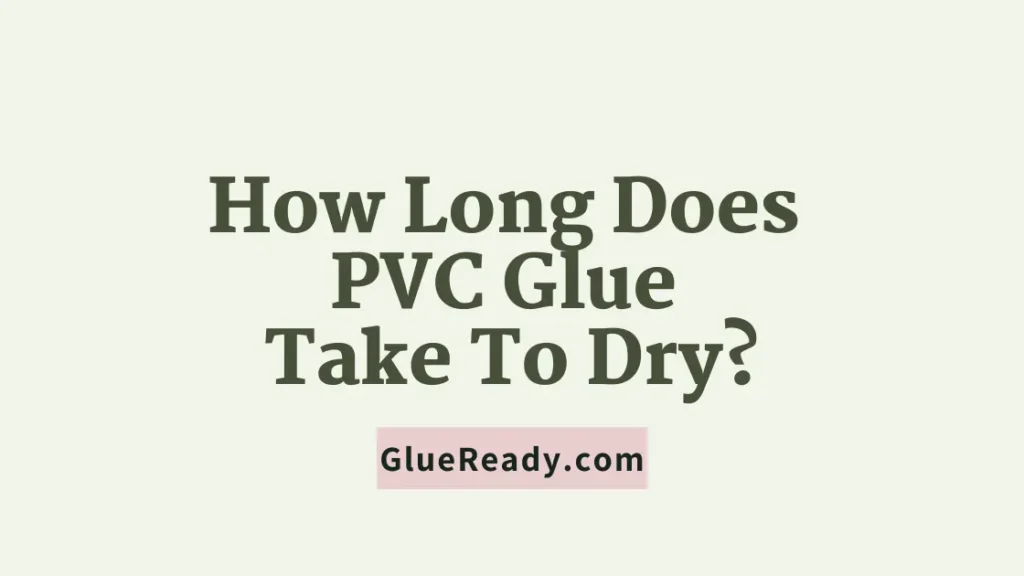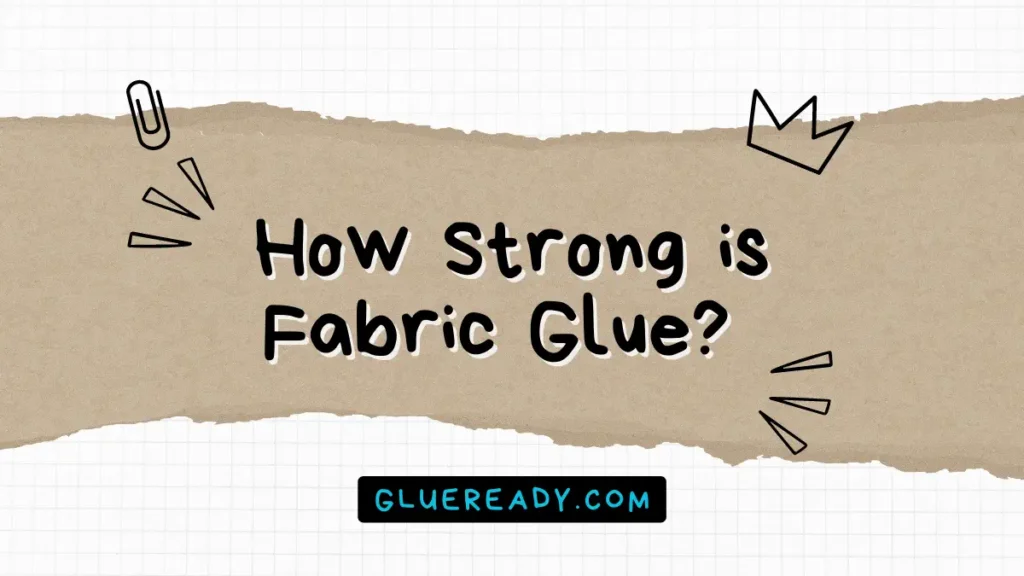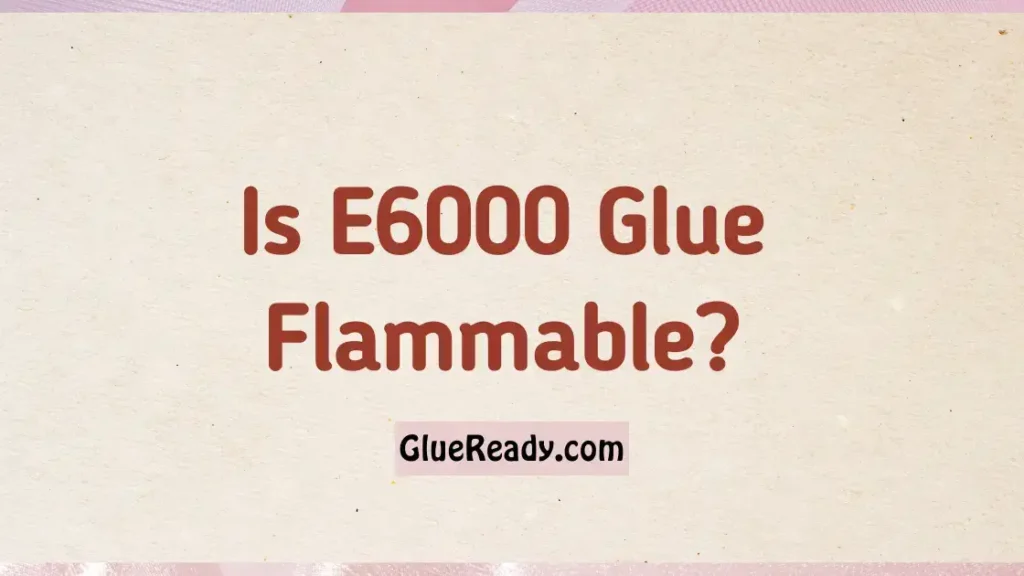Is PVC Glue or PVC Cement Safe for Aquariums?
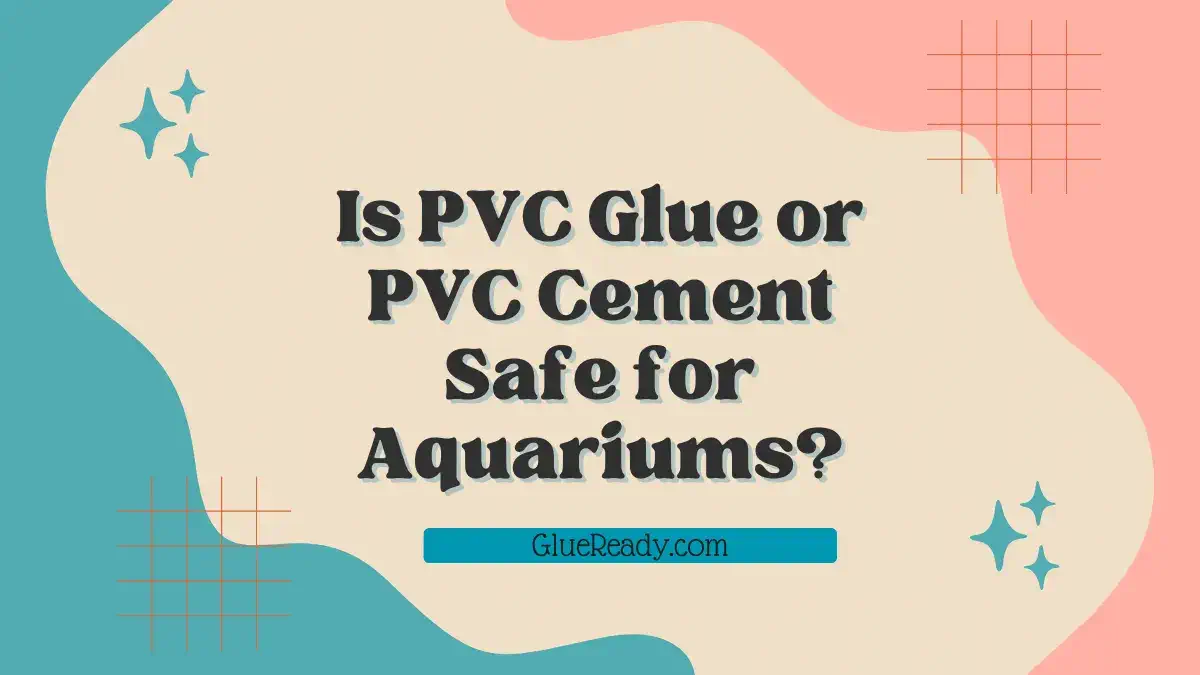
Aquarium enthusiasts understand that creating a safe and functional environment for aquatic life is paramount.
When designing and constructing aquarium setups, many hobbyists turn to PVC (Polyvinyl Chloride) pipes and fittings for plumbing needs.
To ensure a watertight seal, PVC glue or PVC cement is often used. However, a critical question arises: Is PVC glue or PVC cement safe for aquariums?
Throughout the article, I will delve into the safety concerns, best practices, and alternatives for using PVC products in your aquarium.
Read More: Types of PVC Glue
Understanding PVC, PVC Glue, and PVC Cement
Before we assess the safety of PVC glue and PVC cement in aquariums, let’s clarify what these substances are:
- PVC (Polyvinyl Chloride): PVC is a commonly used thermoplastic polymer known for its durability and chemical resistance. It is widely used in plumbing applications due to its affordability and versatility.
- PVC Glue: PVC glue, also known as PVC adhesive or PVC primer, is a solvent-based adhesive used to join PVC pipes and fittings. It prepares the surfaces for bonding by cleaning and softening them.
- PVC Cement: PVC cement is used in conjunction with PVC glue and serves as the actual bonding agent that creates a strong and watertight seal between PVC components.
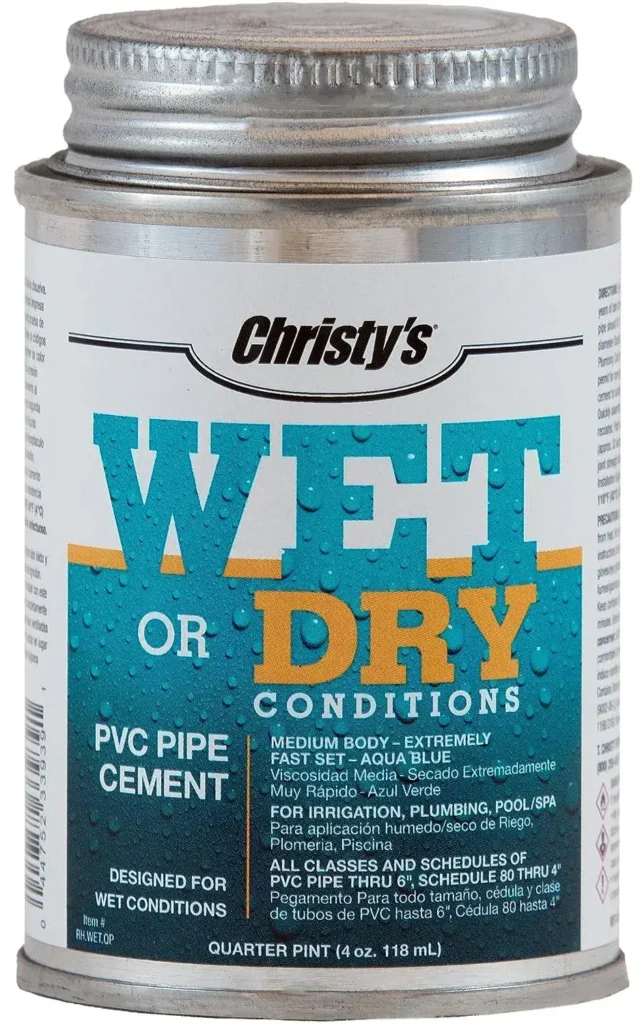
Is PVC Glue or PVC Cement Safe for Aquariums?
The answer is yes, PVC glue or PVC cement is safe for aquariums, as long as it is used correctly and allowed to cure completely before adding water.
PVC glue or PVC cement is designed to be potable, meaning safe for drinking water pipes. It does not leach any toxins into the water once it is cured.
However, uncured PVC glue or PVC cement can release harmful vapors and chemicals into the air and water, so it is important to use only PVC glue or cement that is rated for potable water and aquarium use.
Avoid any products that contain fillers, additives, or other ingredients that are not ethyl cyanoacrylate.
Safety Concerns of PVC Glue and PVC Cement in Aquariums
The safety of using PVC glue and PVC cement in aquariums depends on several factors:
Curing Time
The primary concern with these substances is their curing time. When freshly applied, PVC glue and PVC cement release fumes that can be harmful to aquatic life. It is crucial to allow these adhesives to cure completely before introducing fish or other aquatic animals into the tank.
Ventilation
Proper ventilation is essential when working with PVC glue and PVC cement. These products should be applied in a well-ventilated area, and fumes should be allowed to dissipate before installation in the aquarium.
Application Technique
Proper application technique is critical to ensure a secure bond and minimize the risk of any residual adhesive entering the aquarium. Applying a thin, even coat and using the recommended drying time is key.
Safety Data Sheets (SDS)
Always refer to the manufacturer’s Safety Data Sheets for specific information on the safety, handling, and curing times of PVC glue and PVC cement.
Best Practices for Using PVC Glue and PVC Cement in Aquariums
To safely use PVC glue and PVC cement in aquariums, follow these best practices:
Allow Adequate Curing Time
Ensure that the adhesive has fully cured before adding water and aquatic life to the tank. The curing time can vary depending on the product, so follow the manufacturer’s recommendations.
Use the Right Products
Choose PVC glue and PVC cement specifically designed for plumbing applications, as these are less likely to contain harmful additives.
Ventilate Properly
Work in a well-ventilated area, and allow the glued components to off-gas for an extended period before introducing them into the aquarium.
Rinse Thoroughly
Rinse the PVC pipes and fittings thoroughly with fresh water before installation to remove any residual adhesive.
Monitor Water Quality
Ensure that the PVC joints in your aquarium don’t leach harmful substances by regularly monitoring the water quality.
Alternatives to PVC Glue and PVC Cement
If you are concerned about using PVC glue and PVC cement in your aquarium, there are alternative methods for creating watertight seals in your plumbing:
- Silicone Sealant: Aquarium-safe silicone sealant is a popular alternative. It is specifically designed for underwater applications and is non-toxic to aquatic life.
- Threaded Connections: Consider using threaded PVC connections with rubber gaskets or O-rings to create watertight seals without the need for adhesive.
Discover More: PVC Glue vs PVC Cement
Frequently Asked Questions (FAQs)
What PVC Cement Is Safe for Drinking Water?
PVC cement is typically used for drain lines, not drinking water. However, there are certain types of PVC cement that are suitable for pressure pipe, potable water, conduit, and DWV applications.
For example, Medium Clear PVC Cement is fast drying and can be used in all schedules and classes of PVC pipe and fittings up to 6 inches.
It’s important to note that PVC pipes themselves are not inherently safe for drinking water, and the cement can contain substances like tetrahydrofuran (THF), which can leach from the cement for some time after fabrication.
What Kind of PVC Is Aquarium Safe?
The kind of PVC that is aquarium safe is the one that has a potable rating, which means that it meets the standards for human consumption and does not contain any toxic substances.
Potable PVC pipes are usually used for irrigation, sewer, or vacuum systems. You can also look for furniture grade PVC, which is a higher quality PVC that is free of markings and has a smooth surface.
Furniture grade PVC is often used for building aquarium stands and canopies.
Final Thoughts
Hopefully, now you know whether PVC Glue or PVC Cement is aquarium safe or not.
PVC glue and PVC cement can be used safely in aquariums, provided that proper precautions and curing times are observed.
Ventilation and choosing the right products are crucial to minimize the risks associated with these adhesives.
If you prefer an alternative, aquarium-safe silicone sealant or threaded connections can be viable options for creating watertight seals in your aquarium plumbing.
Always prioritize the well-being of your aquatic inhabitants by ensuring their environment is free from harmful chemicals or residues.

